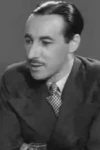Biography
British naturalist, photographer, and filmmaker.
Filmography
all 17
Movies 17
Director 13
Director of Photography

Memories (1944)
Movie
Director of Photography

London Pigeon (1940)
Movie
Cinematographer

Wisdom of the Wild (1940)
Movie
Director of Photography

Shadow in the Stream (1939)
Movie
Director of Photography

Perky Cockney (1937)
Movie
Director of Photography

Bird Sanctuary (1936)
Movie
Director of Photography
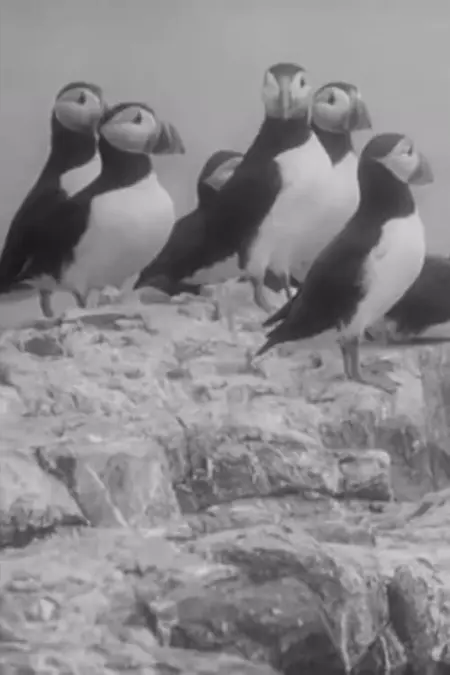
Nursery Island (1936)
Movie
Cinematographer
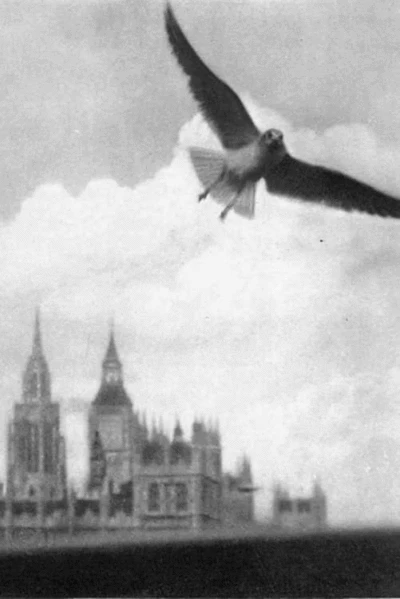
London Visitors (1936)
Movie
Director / Cinematography
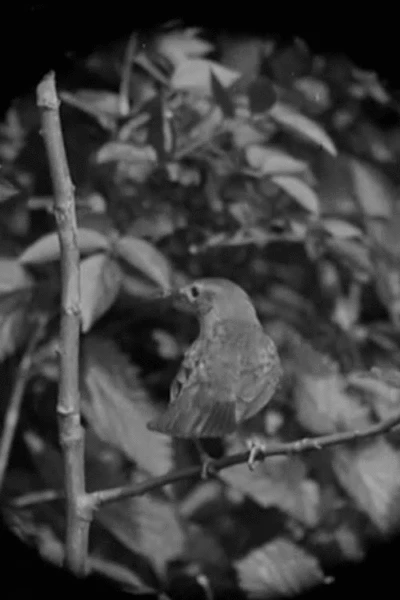
The Nightingale (1932)
Movie
Director of Photography

The Home Wrecker (1929)
Movie
Director / Cinematography
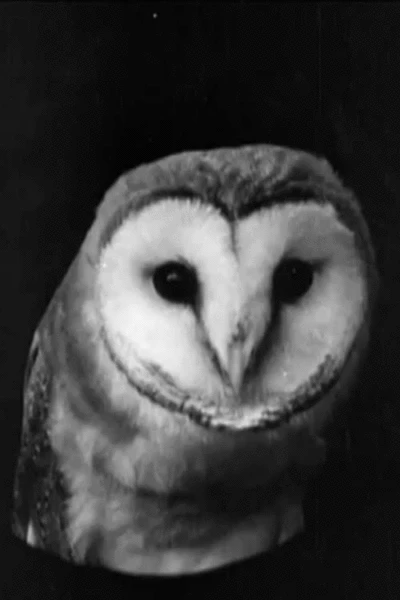
The White Owl (1922)
Movie
Director of Photography
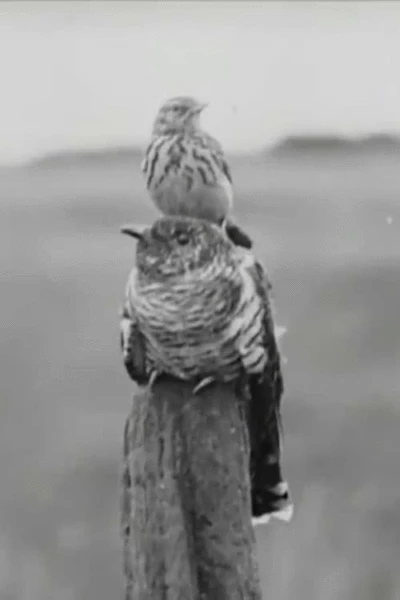
The Cuckoo's Secret (1922)
Movie
Cinematography
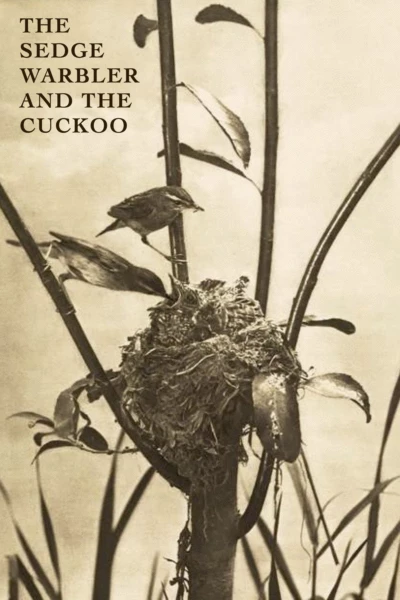
The Sedge Warbler and the Cuckoo (1911)
Movie
Cinematographer
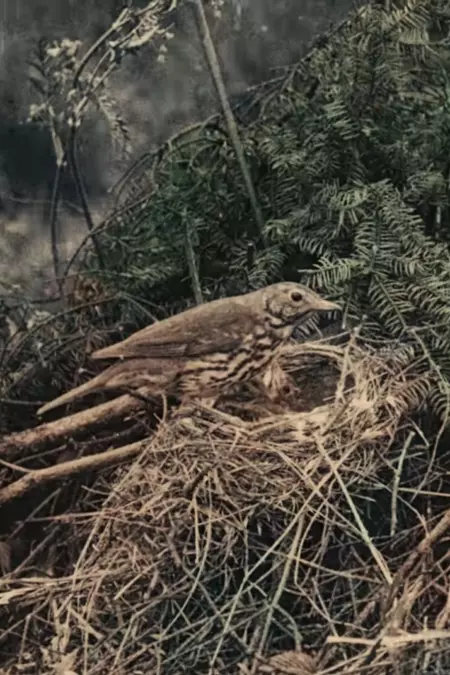
Wild Birds in Their Haunts (1909)
Movie
Information
Known ForDirecting
GenderMale
Birthday1877-10-01
Deathday1963-10-17 (86 years old)
Birth PlaceEnfield, United Kingdom
CitizenshipsUnited Kingdom of Great Britain and Ireland, United Kingdom
AwardsFellow of the Zoological Society of London
This article uses material from Wikipedia.
Last updated:
 Oliver G. Pike
Oliver G. Pike- Filmography
- Information
- Related Persons
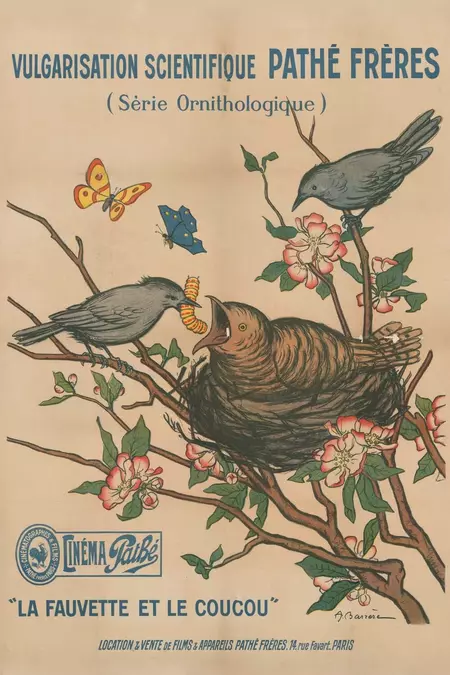
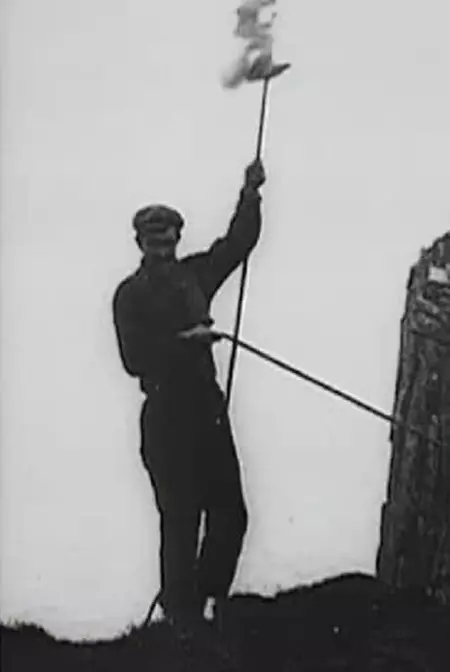

 ,
,